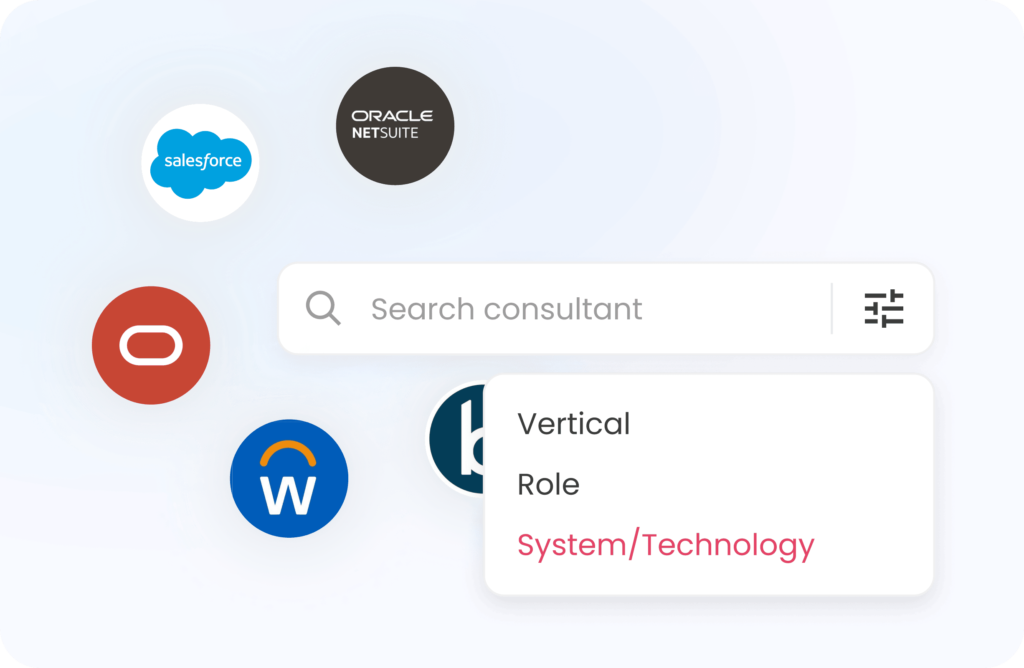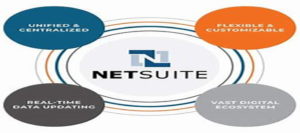Billing Cycles is a routine and regular phenomenon in every Industry. This billing stands a base crust for revenue recognition and reporting. With each industry being unique, billing techniques and methods used across domains change in their type and form with their main intention of systematic flow of cash inflow; regularized at intervals.
With NetSuite SuiteBilling in picture, NetSuite brings in a powerful native billing tool to automate billing and maintain sanity of billing operations with reduced manual efforts and interference.
Following Billing Models are covered in Oracle NetSuite – SuiteBilling.
7 NetSuite Billing Options
1. Recurring NetSuite Billing Models
NetSuite Billing models which have a recurring schedule of per day, month, year and all recurring schedules with fixed intervals can be accommodated in NetSuite SuiteBilling.
Examples of each billing can be – Training and learning via LMS Subscriptions, Newsletters, Insurance Premiums, Commercial Rents
2. One-Time Fees
One-time payments without further ties to abide by the contract can also be covered by SuiteBilling. There is immediate recognition of revenue based on the date given for billing this service.
Examples of such can be Implementation Projects, License Purchase
3. Pay as You Go
This is also termed as Volume Based Billing Model. Thus, this model refers to the concept of usage.
For every quantity increased, the price may increase/decrease. The more the consumption, the more the bill or vice-versa.
There is no fixed amount attached to this model. The amount of the bill differs from consumption made.
Example – Cloud Storage rented by a company.
4. Tiered Usage
Tiered Usage is nothing but slab wise rating according to every specific range mentioned.
A regular and best example for this could be the Internet Connection utilized by the organization which is based on slab-based unit consumption.
Another example of this billing cycle is used by the Electricity and Telecommunication industries.
5. Evergreen Contracts
Evergreen contracts are contracts which remain the same over a period for their pricing and billing schedules.
Contracts which never have an end date defined as considered here. However, when no end date is defined, SuiteBilling considers 3 years as the default term which can later be further extended to next 3yrs and so.
Example of such an evergreen model can be the 999 year commercial lease.
Another nearest one could be life insurance premium amount.
6. Subscription Boxes
Subscription Industry is the most famous to use different billing structures. SuiteBilling is an epitome for this. OTT Subscription plans, AWS, Aggregator Platforms are all regular examples of these.
7. Prepaid Billing
SuiteBilling gives us an option to choose a bill in advance or to bill in arrears. This option is usually allowed for fixed recurring schedules attached as variable billing does not predict the consumption and usage in advance.
Thus, SuiteBilling is one such magic box which caters to a variety of businesses. Put in quantity, rate, amount, and we are done!
The billing cycle will auto-play as per your scheduled billing runs configured in the system!






